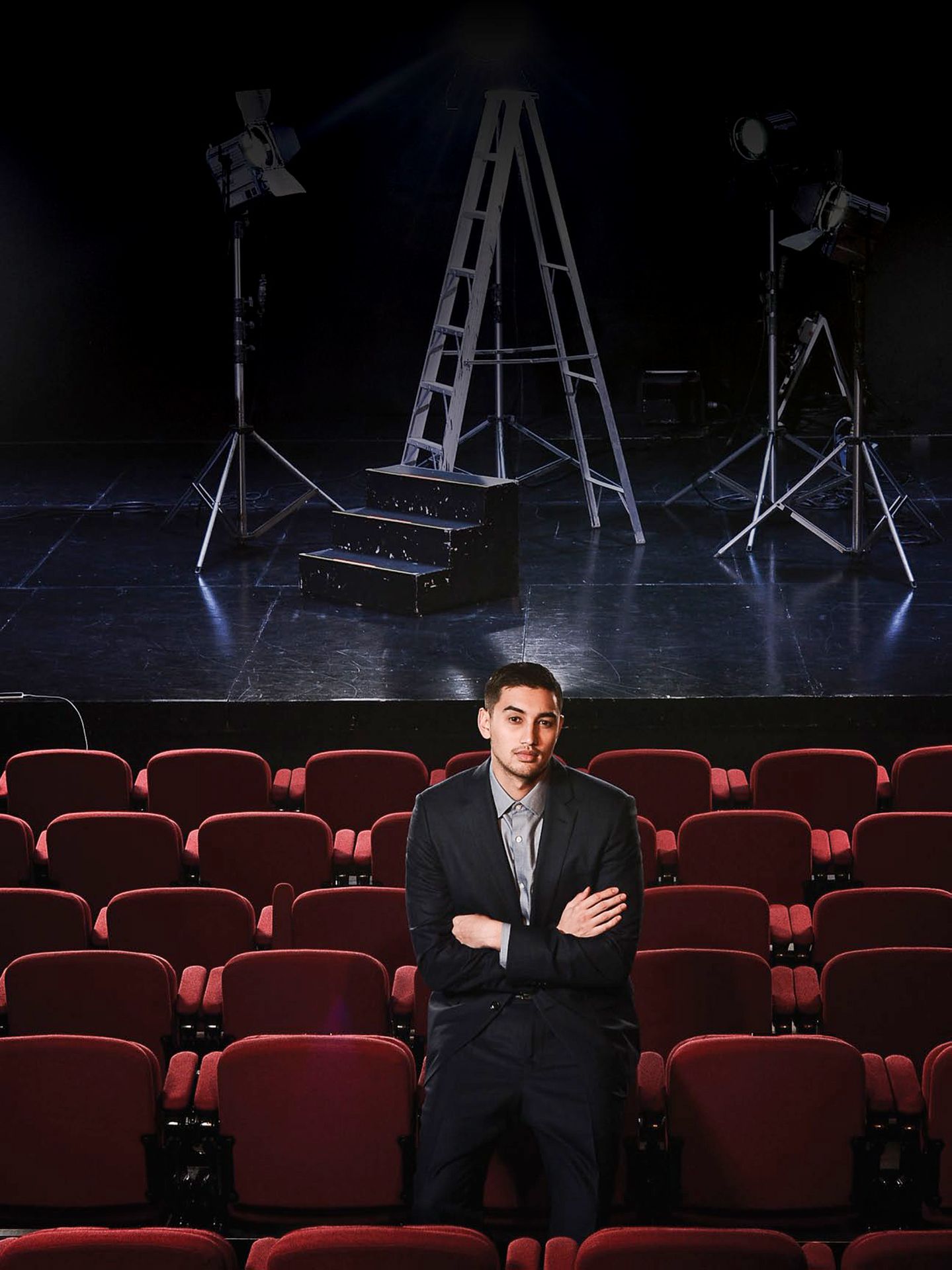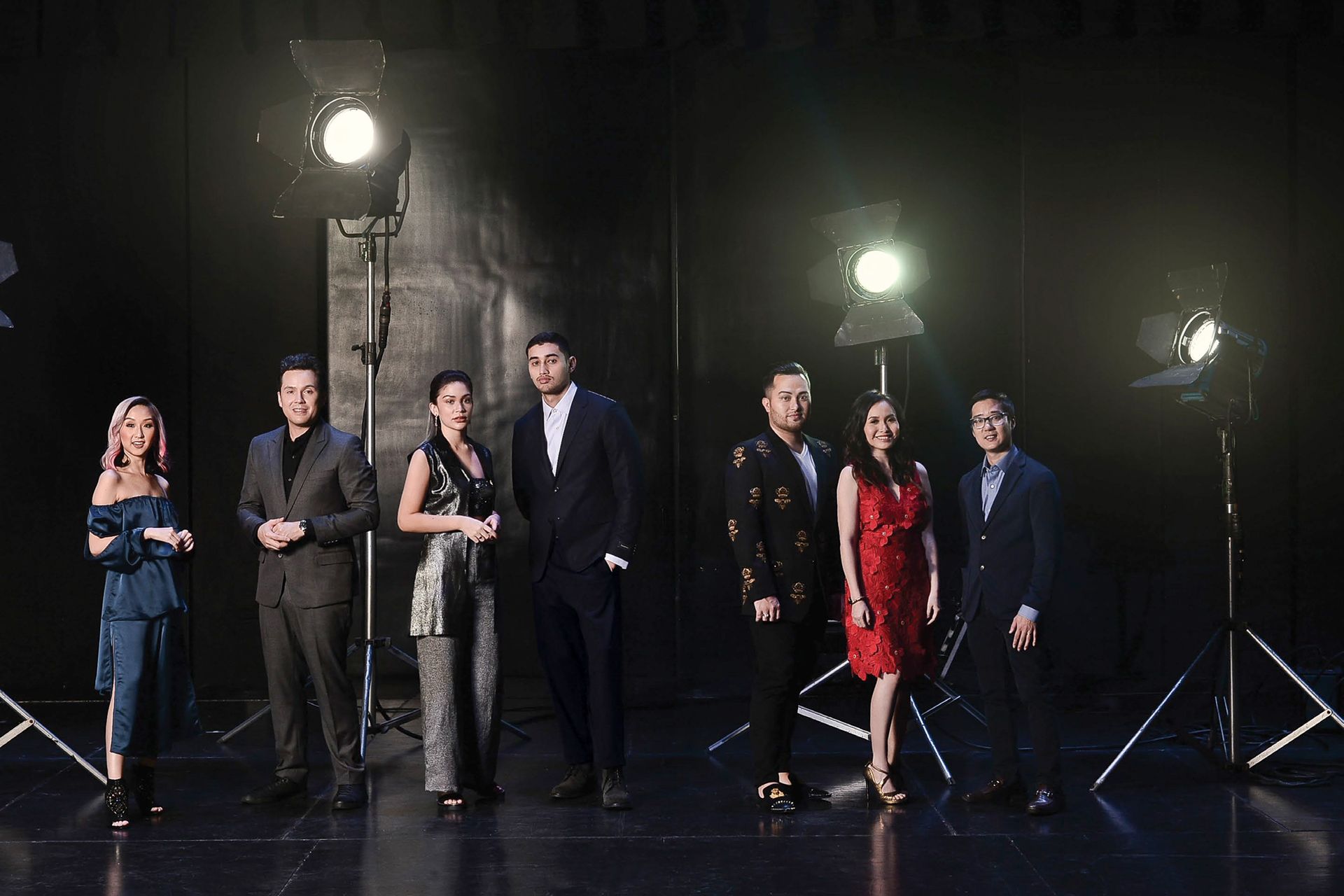1. Mike Conception

This intrepid young man keeps a finger on the pulse of the retail world, always keen on finding spaces where he can cultivate original concepts stemming from his interests. Mike Concepcion established his holding company Worldwide Welcome in 2014, and it has grown by leaps and bounds ever since. Sneakerheads and streetwear enthusiasts find a nirvana in lifestyle boutique Commonwealth; purveyors of heritage and independent eyewear brands flock to premium optical salon Ronnie & Joe. All this is just the tip of the iceberg for Concepcion, a go-getter by nature, who is only getting started.
When he weighs his options, Concepcion first takes into consideration if the idea melds well with his overall vision and if it is applicable to the Philippine market. “My business ventures are responses to things I feel are not yet present in the country,” he says. “Ronnie & Joe, which is an homage to my grandfathers, checked all the marks because there were heritage eyewear brands I was interested in that had not been brought here yet. I felt that our market was too clinical—like you must pay a visit to your doctor for a pair of specs. But eyewear is a statement accessory that makes or breaks your outfit. Itshouldn’t be sold on the underground level of a mall, but in a pleasant space the way things like shoes or clothes are.”
Because the Philippine market is one of those to watch in Southeast Asia, Concepcion believes that the world at large can no longer afford to ignore the developing industries in the country. “At this stage, the fully-developed markets can be highly saturated,” he explains. “Here, things are just bubbling, so brands are excited at the prospect of introducing themselves to a ripe and eager buying public. There are few places left in the world that have such qualities, so it’s a tempting lure for international retailers.”
2. Reese Fernandez-Ruiz






